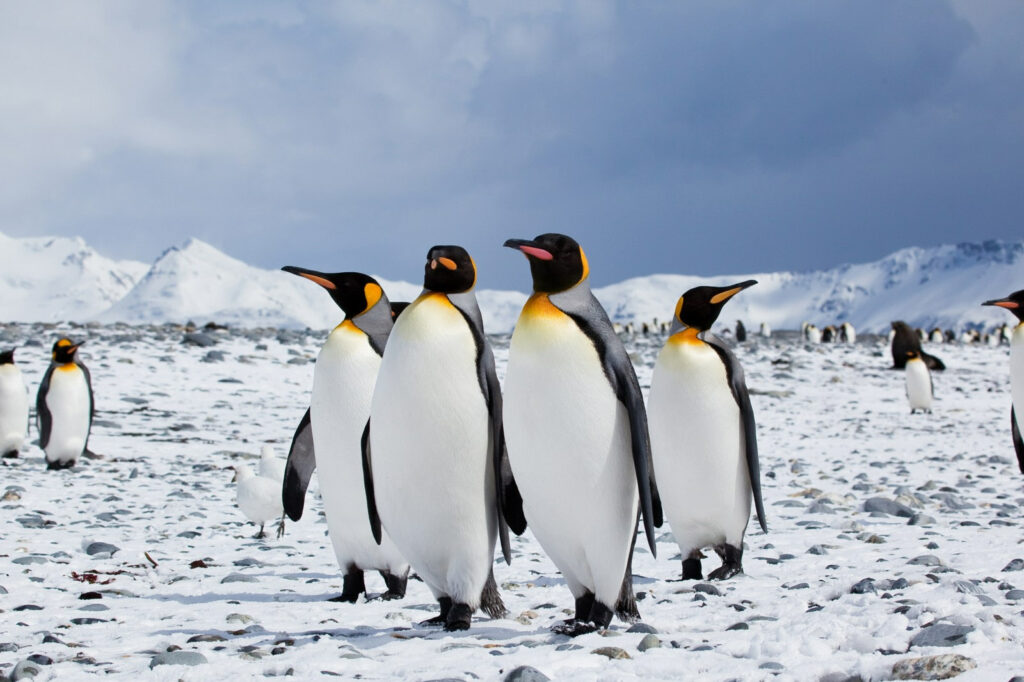From CO2Science: Predictions of CO2-induced global warming have led to concerns that certain animal species will experience population declines if temperatures warm. In this regard, birds have been flagged as potentially “at risk” species, either directly due to physiological changes that negatively impact reproduction and survival or indirectly as rising temperatures induce trophic mismatches between breeding phenology and food abundance. Thus a number of researchers have examined these possibilities. In Meller et al. (2018) four Finnish researchers analyzed bird monitoring data for 20 common songbird species across Finland together with climate data over the period 1987-2013. During this 27-year period, spring temperatures rose by about 1°C, presenting a wonderful opportunity to determine if there was indeed a temperature influence on the bird species. And what did that opportunity reveal?
Paper Reviewed: Meller, K., Piha, M., Vähätalo, A.V. and Lehikoinen, A. 2018. A positive relationship between spring temperature and productivity in 20 songbird species in the boreal zone. Oecologia 186: 883-893.
In terms of bird productivity, which the authors define as the “annual number of offspring per adult,” it was determined that “spring temperature has a positive relationship with productivity.” More specifically, they say that “warm spring temperatures were related to high annual productivity for most species, and the [linear] relationship was significant for half of the species.”
Discussing these favorable findings, Meller et al. say “there are several potential and not mutually exclusive explanations,” noting that “warm springs decrease thermoregulatory demands, increase food availability, and allow early breeding with increased clutch size and a prolonged breeding season”. They also write that the positive linear relationship between spring temperature and bird reproduction suggests that “even during the warmest springs of the study period, temperatures remained below the thermal optimum for reproduction,” which observations are “in line with studies showing a lack of temperature-related mismatches between the timing of breeding of songbirds and the peak availability of their insect prey.”
In light of all the above, it should come as no surprise that the four scientists conclude by stating “the positive relationships of spring temperature with productivity and productivity with population growth rates suggest that climatic warming has potential to increase population sizes.” And that is great news for the future of our fine feathered friends.


